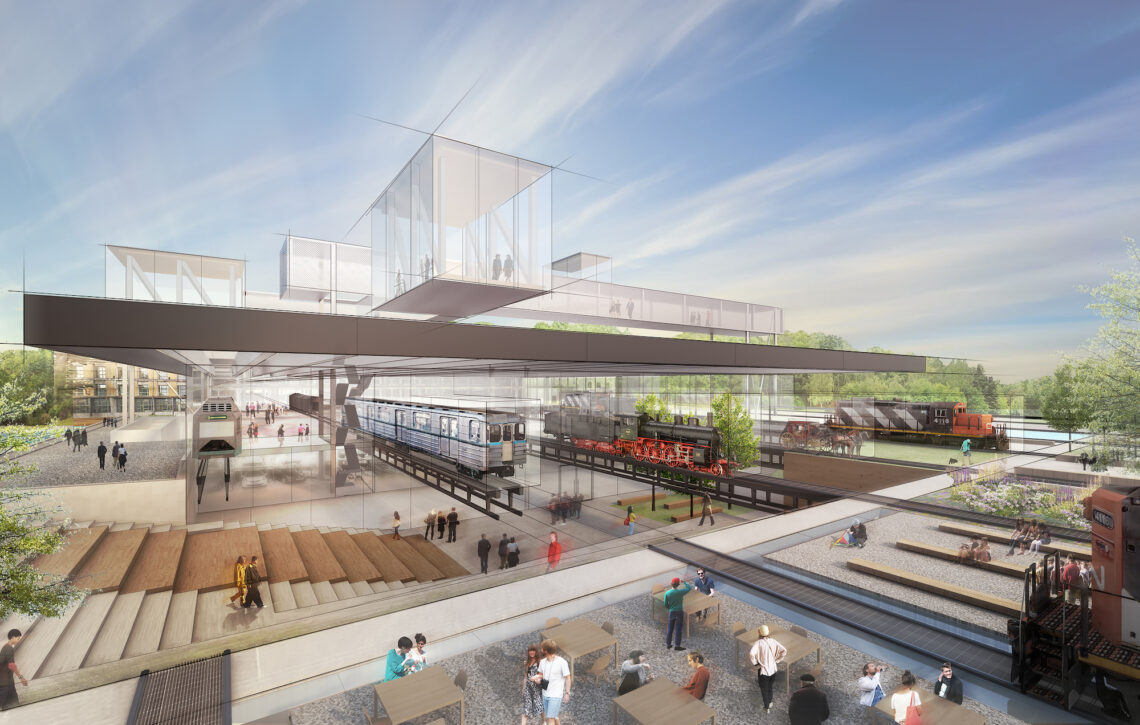
Behind the scenes of the new Hungarian Transport Museum project
The IATM Webinar on Thursday 24th February, 1400 GMT/1500 CET will go behind the scenes of plans for the new transport museum in Budapest, introduced by Gábor Zsigmund, Deputy General Director of the Hungarian Museum of Science, Technology and Transport and IATM Board member.
One of the most ambitious projects in Europe for a new Transport Museum is currently under preparation in Budapest. This presentation will introduce the project, the goals and how preserving our heritage enables us to advances sustainability and mobility goals.
There are many examples around the world where a cultural investment has been the catalyst for the renewal of entire districts. In these places the urban past, the imprint of past eras and the dynamic future are connected in order to place forward-looking signs in the built urban environment. The renewal of the 7-hectare area in the rust zone of Kőbánya could be a similar successful story. The building of the new Hungarian Transport Museum will be one of the outstanding attractions of Budapest, a place where culture, transport, industrial heritage, and contemporary architecture meet in a unique way. In one of the largest brownfield industrial areas of Budapest, the preservation and expansion the historic railway repair hall will not create one of the most popular museums of Hungary, but a whole new cultural quarter will be born.
The design of the building is an extremely complex major investment in architecture and urban development. For this task, the museum launched an international competition in 2018. Based on the evaluation of a prestigious international jury Diller Scofidio + Renfro architects of the High Line in NYC have been appointed. The New Hungarian Museum of Transport will be constructed in Kőbánya, in the vacant formal plant of the Northern Railway Depot. This Depot was the most significant railway vehicle repair base of Hungary, operating between 1867–2009. The new museum with a permanent exhibition twice size of the former one, a full scale rehabilitation of a brown-field area including a new connection to the People’s Park with new community spaces will become the catalyst for the revival of the whole district.


